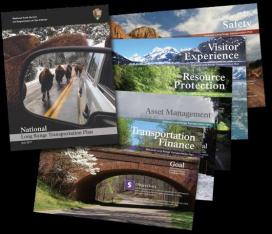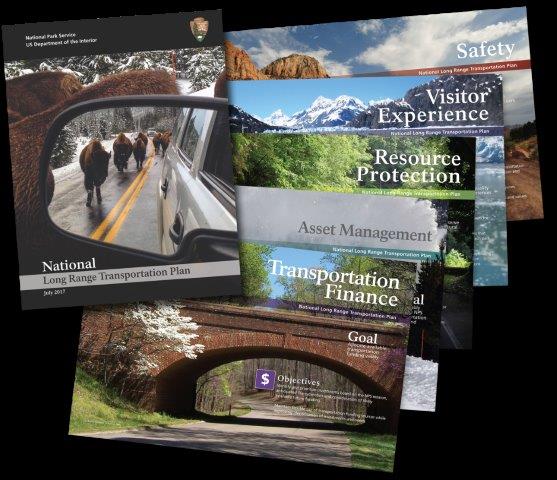Creating a Foundation for Long-Range Transportation Planning for National Parks
Most visitors to America’s national parks expect to see the nation’s diverse natural and cultural resources: canyons, mountains, geysers, battlefields, wildlife, historic buildings, and sites of cultural and historic significance. Transportation may be an afterthought for many visitors, unless they happen to get stuck on a congested roadway, be turned away from a full parking lot, or find that their preferred mode of transportation isn’t available. Ideally, visitors to national park service units would hardly notice the transportation system at all—it would simply serve its purpose to provide safe and efficient access to our Nation’s treasures.
The National Park Service (NPS) owns and maintains a unique network of transportation assets across more than 400 units in all 50 states, Washington D.C., and four U.S. territories. NPS transportation needs outpace current and forecasted funding levels, so the Volpe Center has worked with the Facilities Planning Branch of the NPS Washington Support Office to craft a National Long-Range Transportation Plan (LRTP) that outlines strategies to ensure that NPS transportation systems are safe, in good repair, and preserve the parks’ natural and cultural heritage. The NPS National LRTP empowers the National Park Service to take a performance-based approach to transportation planning, setting data-driven performance measures and targets to improve its transportation system and its ability to serve hundreds of millions of visitors each year.
The NPS National LRTP comprises several key elements: a vision, goals and objectives, strategies, and quantitative performance measures. The plan sets forth a strategic vision for investing in transportation and a national investment strategy for how to make the most of limited transportation funding.
The Challenge
The National Park Service’s diverse portfolio of transportation assets is unique. Transportation asset are non-contiguous, being distributed throughout over 400 separate units, and are only accessible via the state and local transportation systems of the gateway communities where units are located. In addition, while NPS transportation assets primarily serve recreational purposes, many assets serve as critical links in regional and statewide transportation systems in both urban and rural areas. In addition, the National Park Service must meet organizational planning standards set by the U.S. Department of Transportation (DOT) and serve the NPS dual mission of providing safe access to the parks and preserving natural, historical, and cultural resources.
In creating a 20-year transportation plan, the National Park Service must consider transportation along with visitor experience and resource protection. Before the LRTP, the National Park Service lacked a comprehensive, service-wide strategic plan to manage its transportation assets and investments. The LRTP fills that need, and lays the foundation for ongoing performance-based planning for the National Park Service’s transportation system that support its dual mission of resource stewardship and public access.
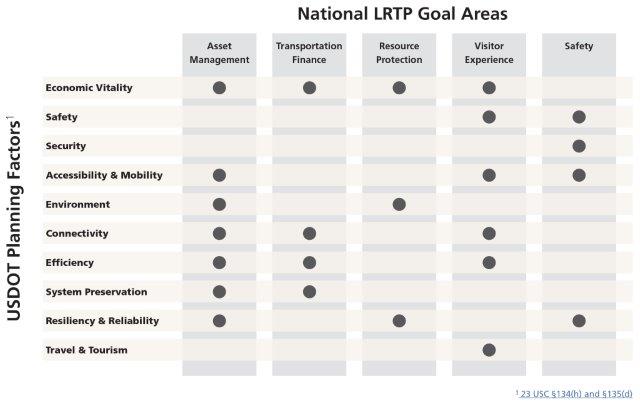
Long-range plans for the parks must satisfy the following NPS planning factors:
The Solution
Volpe’s team of planners brings a wealth of experience in creating long-range transportation plans and the continuing, cooperative, and comprehensive (3C) planning process.
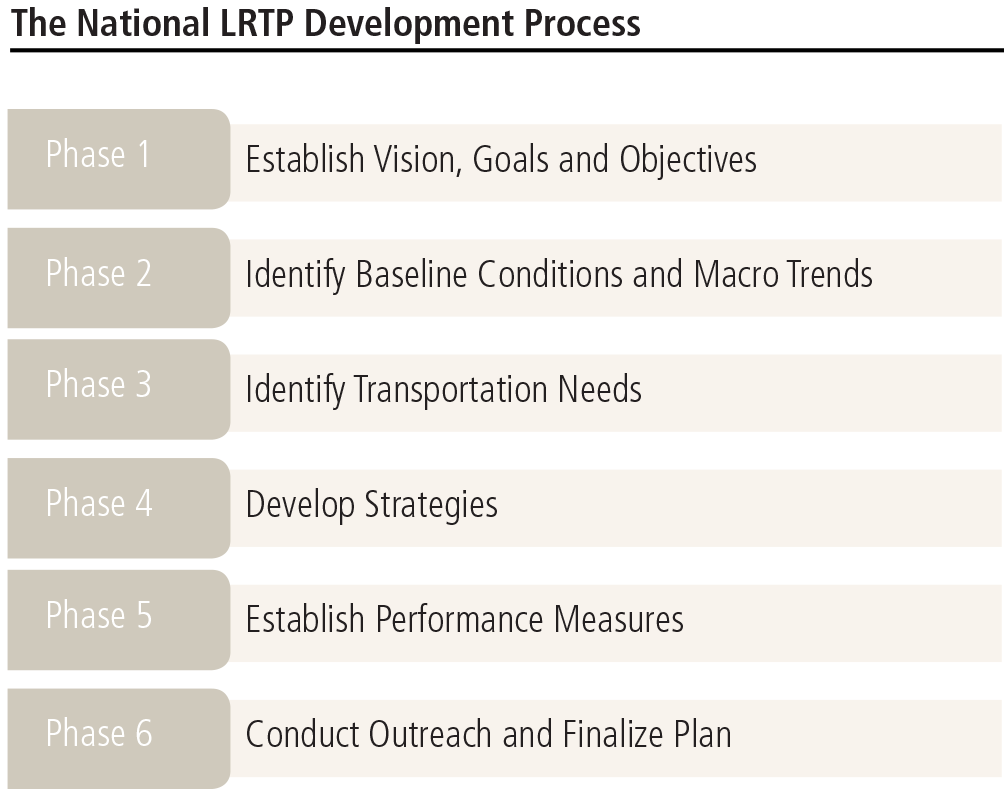
Along with the NPS Denver Service Center, Volpe Public Lands Team planners co-managed an NPS-wide, multidisciplinary effort to create the first-ever national LRTP. The project team conducted broad outreach with NPS staff and Federal Highway Administration partners, including facilitating eight teams of 80 total subject matter experts. This outreach helped guide the National Park Service toward a transportation plan that fulfills the agency’s service-wide planning goals. The project team also provided critical financial analysis and asset management experience, producing the most comprehensive evaluation of transportation finances ever conducted and a comprehensive, national transportation investment strategy.
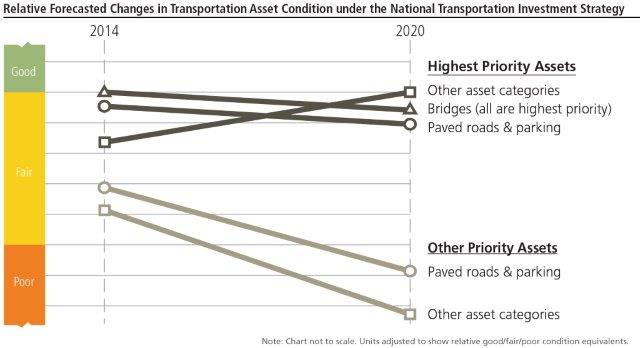
The project team facilitated communication and idea exchange among dozens of representatives of various NPS offices and branches, leading NPS staff in defining performance measures and setting targets—the heart of a performance-based plan.
The final National LRTP was released in July 2017; however, performance-based planning is a continuous process, and Volpe is supporting the National Park Service in implementing the plan. As part of a 3C planning process, Volpe will help the National Park Service engage in both performance reporting and periodic updates to the National LRTP to ensure that NPS maintains innovative and relevant approaches to planning for transportation investments.
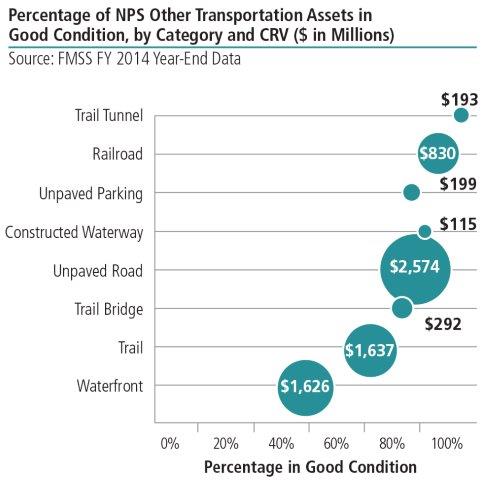
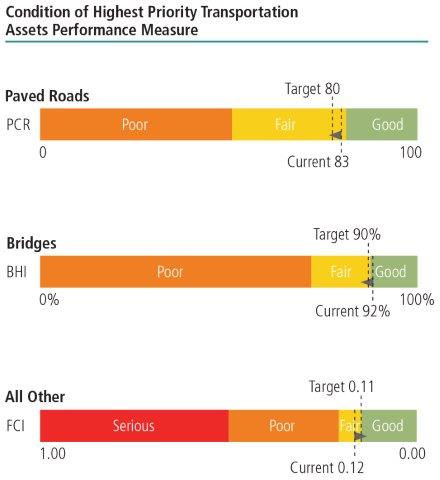
In addition to the national LRTP, the Volpe Public Lands Team has assisted with financial analysis and performance management for regional and park unit-level LRTPs. Working at national, regional, and local scales affords Volpe a unique perspective on the diverse contexts and needs of the NPS transportation system, its managers, and users.
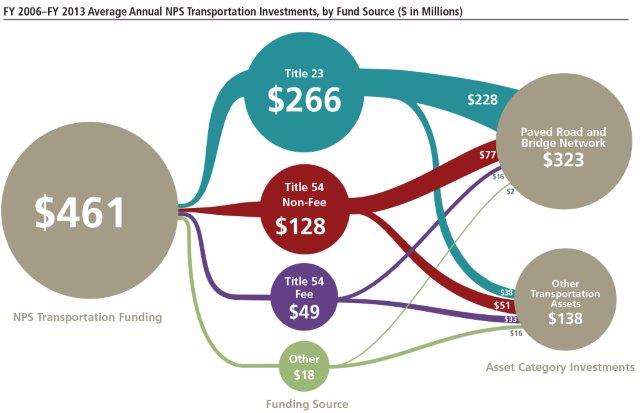
The Impact
Volpe’s team assisted the National Park Service in developing an improved definition of transportation assets, reaching beyond roads and bridges to include trails, public transportation systems, and maritime and waterfront transportation assets, among others. National Park Service managers now benefit from a more complete understanding of historical transportation investments, and the funding forecasted to be available. Through Volpe’s past work in developing the National LRTP and financial analysis, and ongoing work in helping the National Park Service implement the plan, NPS now has the information and tools needed to undertake a performance-based approach to efficiently manage transportation investments.
As the National Park Service embarks on its second century of preserving America’s greatest treasures, Volpe is committed to continuing its efforts to incorporate innovation into the management of the NPS transportation system in support of an efficient, comprehensive, multimodal future for transportation in our national parks.
